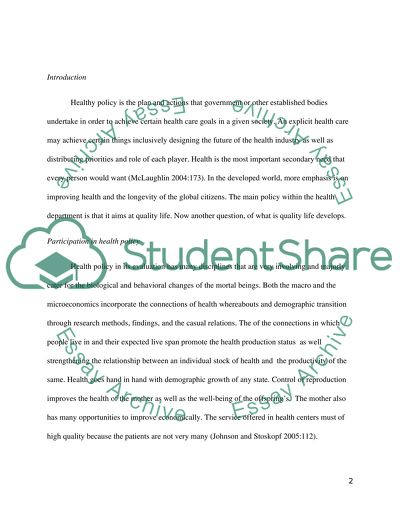Cite this document
(“Identify a policy area that Essay Example | Topics and Well Written Essays - 3500 words”, n.d.)
Retrieved from https://studentshare.org/sociology/1398239-identify-a-policy-area-that
Retrieved from https://studentshare.org/sociology/1398239-identify-a-policy-area-that
(Identify a Policy Area That Essay Example | Topics and Well Written Essays - 3500 Words)
https://studentshare.org/sociology/1398239-identify-a-policy-area-that.
https://studentshare.org/sociology/1398239-identify-a-policy-area-that.
“Identify a Policy Area That Essay Example | Topics and Well Written Essays - 3500 Words”, n.d. https://studentshare.org/sociology/1398239-identify-a-policy-area-that.


